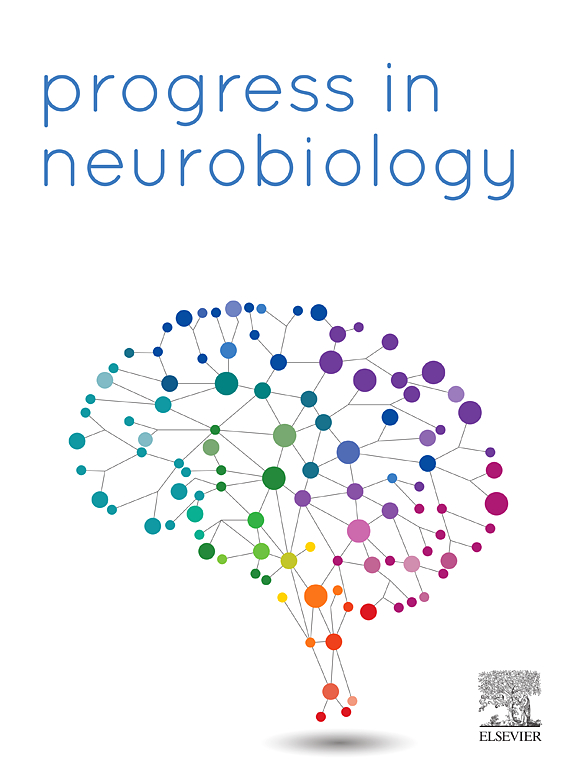阿尔茨海默病的啮齿动物模型:对当前假设和未来研究途径的批判性分析
IF 6.1
2区 医学
Q1 NEUROSCIENCES
引用次数: 0
摘要
阿尔茨海默病(AD)在一个多世纪前首次被发现。然而,这种疾病的机制至今仍未得到很好的理解。这对我们创建动物模型来设计和测试针对该疾病的靶向可靠治疗方法的能力产生了负面影响。β淀粉样蛋白斑块积聚、神经原纤维缠结聚集、神经炎症、神经变性,当然还有认知能力下降,这些都是与AD相关的许多观察到的病理特征中的一小部分。然而,人们担心,基于这些框架的AD动物模型可能不能准确地代表人类的AD。因此,临床前试验的结果在历史上并没有很好地转化为临床。在本文中,我们回顾了目前描述AD的主要假设;我们概述了用于复制这些假设特征的常用啮齿动物模型的主要优点和缺点;并为该领域未来的研究提供了一个策略。本文章由计算机程序翻译,如有差异,请以英文原文为准。
Rodent models of Alzheimer's disease: Critical analysis of current hypotheses and pathways for future research
Alzheimer’s disease (AD) was first described over a century ago. However, the mechanisms underlying the disease are not well understood to this day. This has negatively impacted our ability to create animal models to design and test targeted reliable treatments for the disease. Amyloid β plaque accumulation, aggregation of neurofibrillary tangles, neuroinflammation, neurodegeneration, and, of course, cognitive decline, are few of the many observed pathological features associated with AD. However, there is a concern that the animal models of AD that are based on these frameworks may not be accurately representing AD in people. As such, the results from preclinical trials have not historically translated well to the clinic. In this article, we review the current major hypotheses to describe AD; we outline the major strengths and weaknesses of the commonly used rodent models used to replicate features of these hypotheses; and we provide a strategy for the field for future research.
求助全文
通过发布文献求助,成功后即可免费获取论文全文。
去求助
来源期刊

Progress in Neurobiology
医学-神经科学
CiteScore
12.80
自引率
1.50%
发文量
107
审稿时长
33 days
期刊介绍:
Progress in Neurobiology is an international journal that publishes groundbreaking original research, comprehensive review articles and opinion pieces written by leading researchers. The journal welcomes contributions from the broad field of neuroscience that apply neurophysiological, biochemical, pharmacological, molecular biological, anatomical, computational and behavioral analyses to problems of molecular, cellular, developmental, systems, and clinical neuroscience.
 求助内容:
求助内容: 应助结果提醒方式:
应助结果提醒方式:


